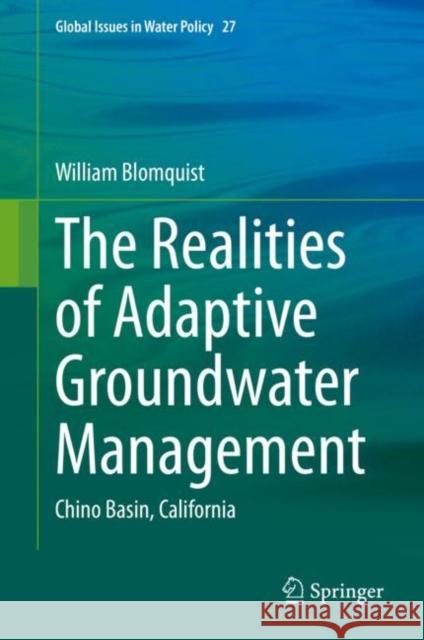The Realities of Adaptive Groundwater Management: Chino Basin, California » książka
topmenu
The Realities of Adaptive Groundwater Management: Chino Basin, California
ISBN-13: 9783030637224 / Angielski / Twarda / 2021 / 288 str.
The Realities of Adaptive Groundwater Management: Chino Basin, California
ISBN-13: 9783030637224 / Angielski / Twarda / 2021 / 288 str.
cena 401,58
(netto: 382,46 VAT: 5%)
Najniższa cena z 30 dni: 385,52
(netto: 382,46 VAT: 5%)
Najniższa cena z 30 dni: 385,52
Termin realizacji zamówienia:
ok. 22 dni roboczych.
ok. 22 dni roboczych.
Darmowa dostawa!
Kategorie:
Kategorie BISAC:
Wydawca:
Springer
Seria wydawnicza:
Język:
Angielski
ISBN-13:
9783030637224
Rok wydania:
2021
Wydanie:
2021
Numer serii:
000414241
Ilość stron:
288
Waga:
0.63 kg
Wymiary:
23.88 x 19.56 x 1.78
Oprawa:
Twarda
Wolumenów:
01











